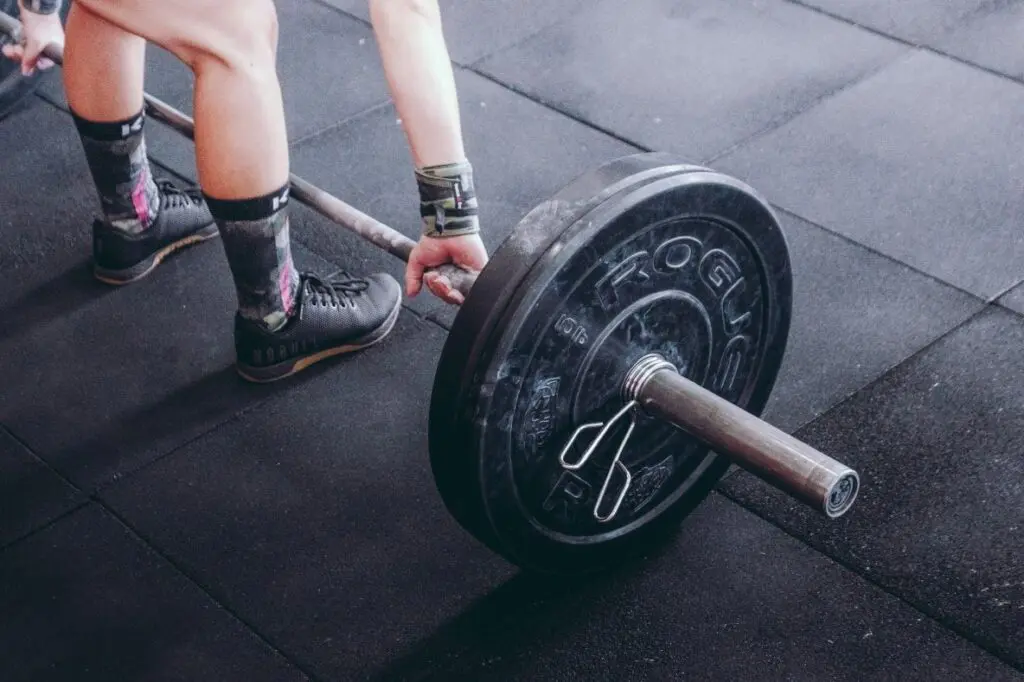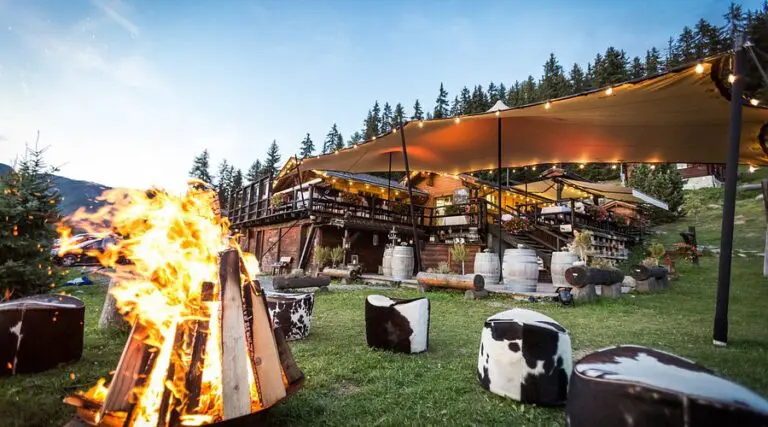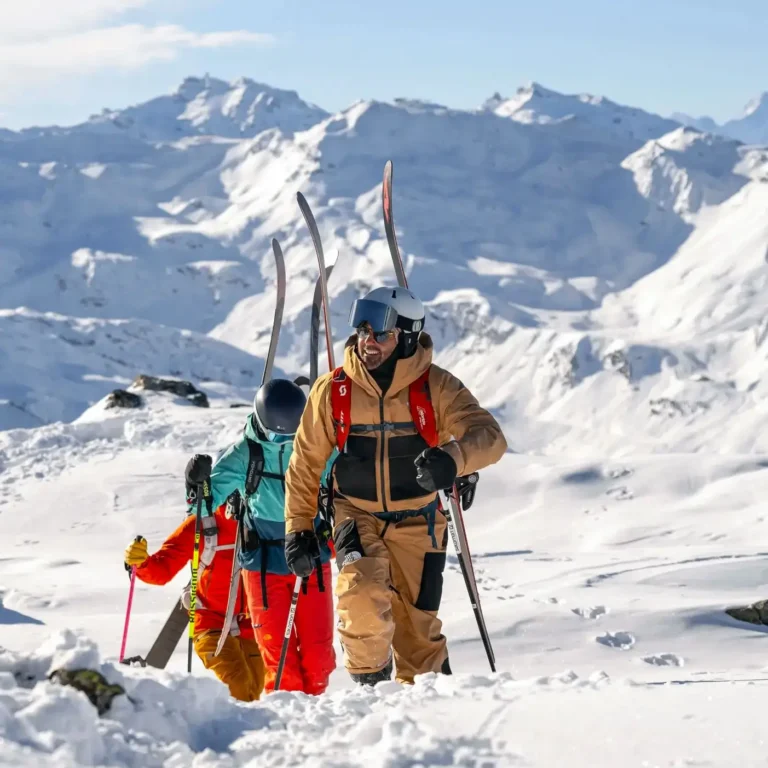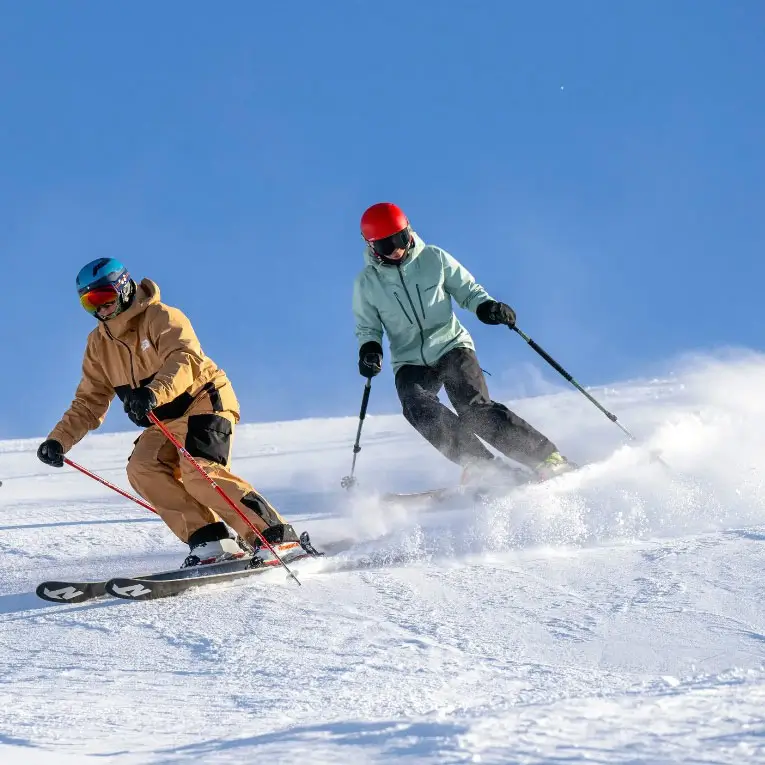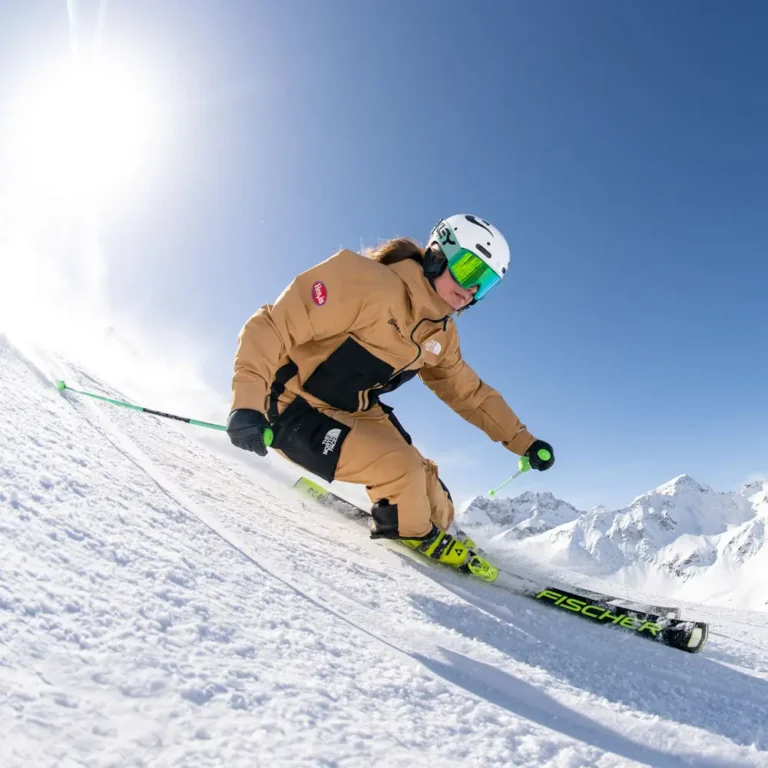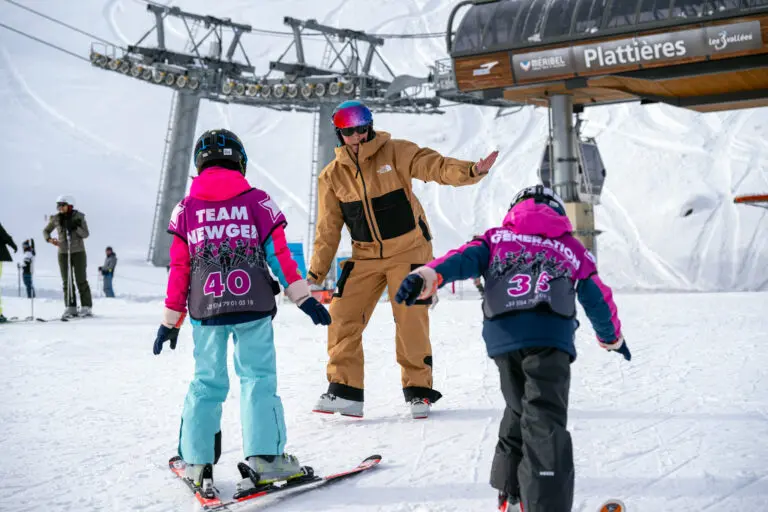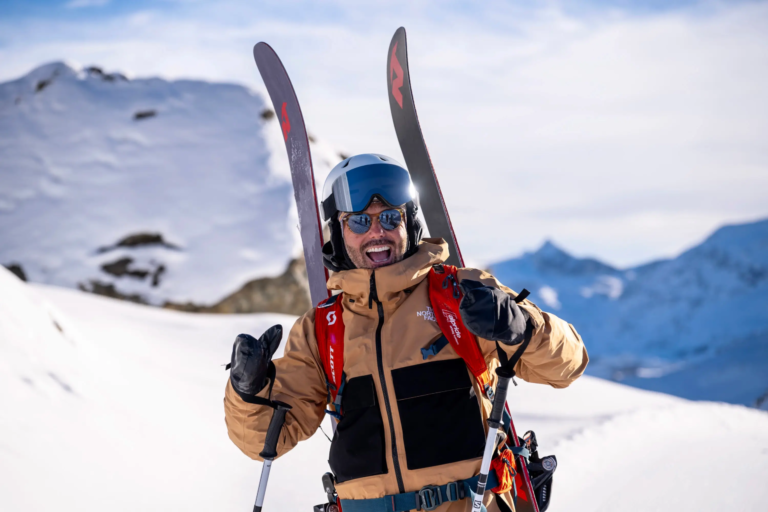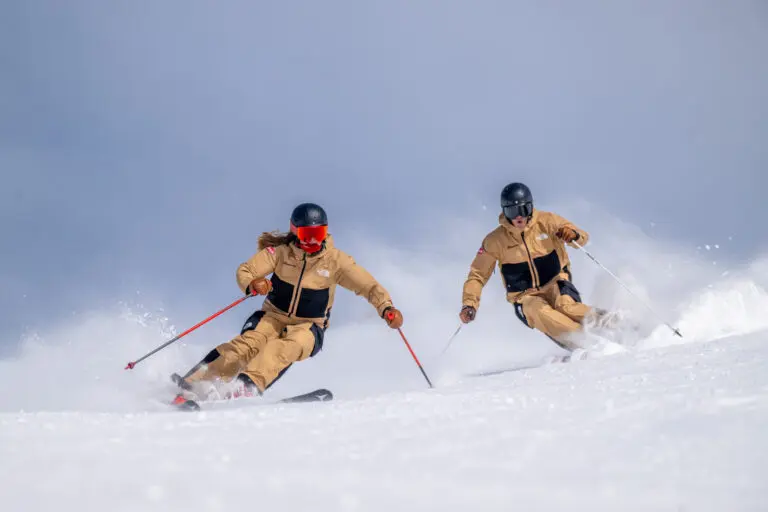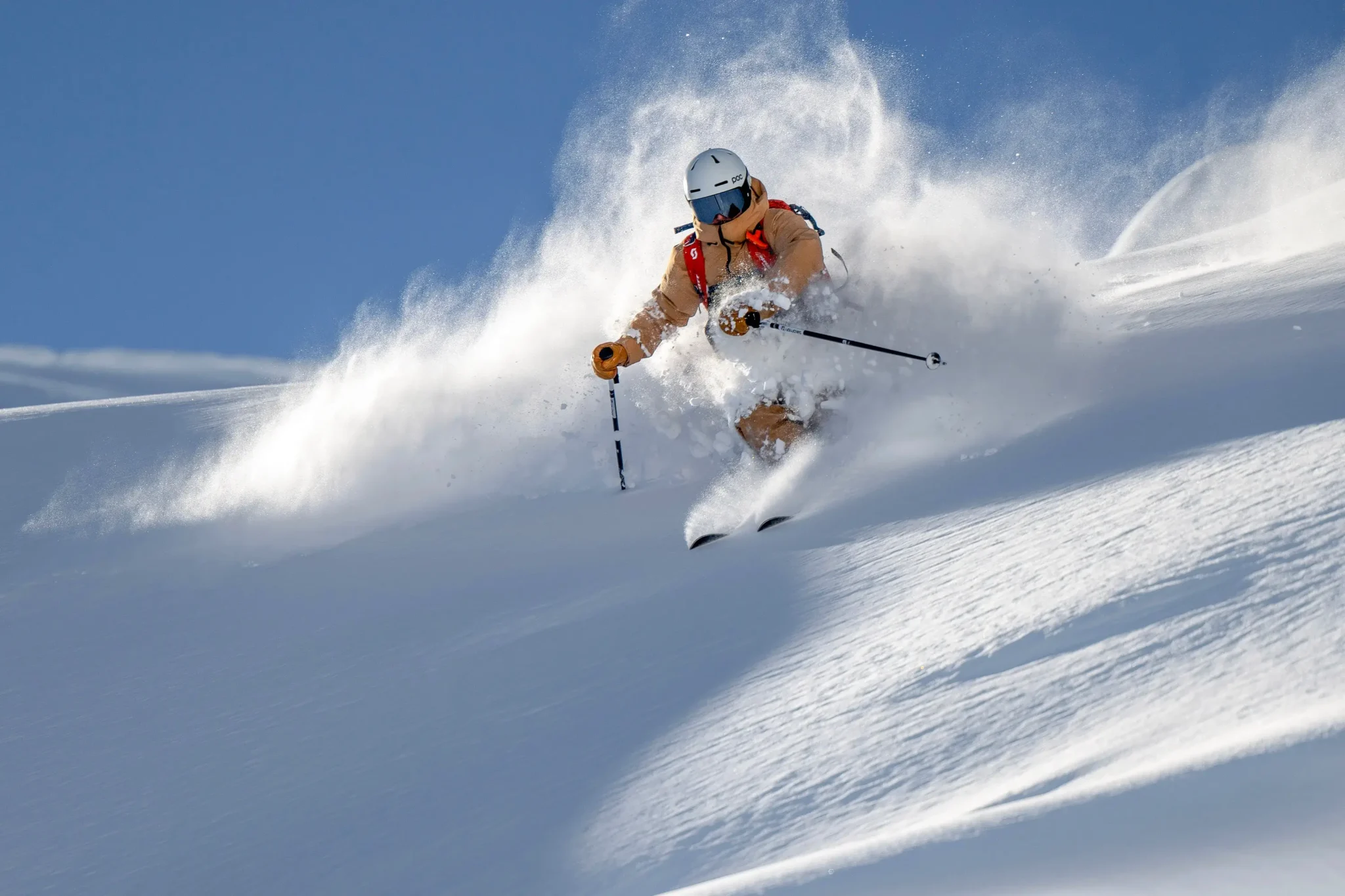Tired legs after a day on the hill are inevitable, and a badge of honor of how hard you skied!
However, the last thing you want is to be SO sore and tired that it affects your skiing and your energy and enjoyment of your ski holiday. Whether you’re a first-time skier or an experienced mountain goat, it’s important to be physically fit for your hols. Skiing will put your endurance and strength to the test, so why not be totally prepared?
How to Keep Ski Fit
We all know you’re not going to get super fit after one day at the gym. Hence why it’s a good idea to ramp up your fitness regimen well in advance of your ski holiday. Don’t waste precious ski time due to sore legs. Here are some exercises you can do at home, to make sure you’re physically prepped by the time you hit the slopes.
Focus on your quads first
Your quadriceps are responsible for keeping you in place whilst you ski and protecting your knees. This makes them one of the most important muscles in skiing. So what can you do to build them up?
- At home: Squats and lunges are great exercises to strengthen these muscles – which can even be done anywhere. Be sure you keep your back straight and add weight to make it more challenging.
- At the gym: Using the leg press at the gym is great for targeting the quadriceps – make sure to use a weight that is comfortable (but challenging enough) and not to straighten your legs whilst in use.
- In the office: Straighten your leg out at 90* whilst sat down and hold it for a few seconds. Repeat this for each leg around 8 to 10 times about 3 times a day. Perfect for the office or if you’re short on time.
Top tip: Too easy? Add some ankle weights.
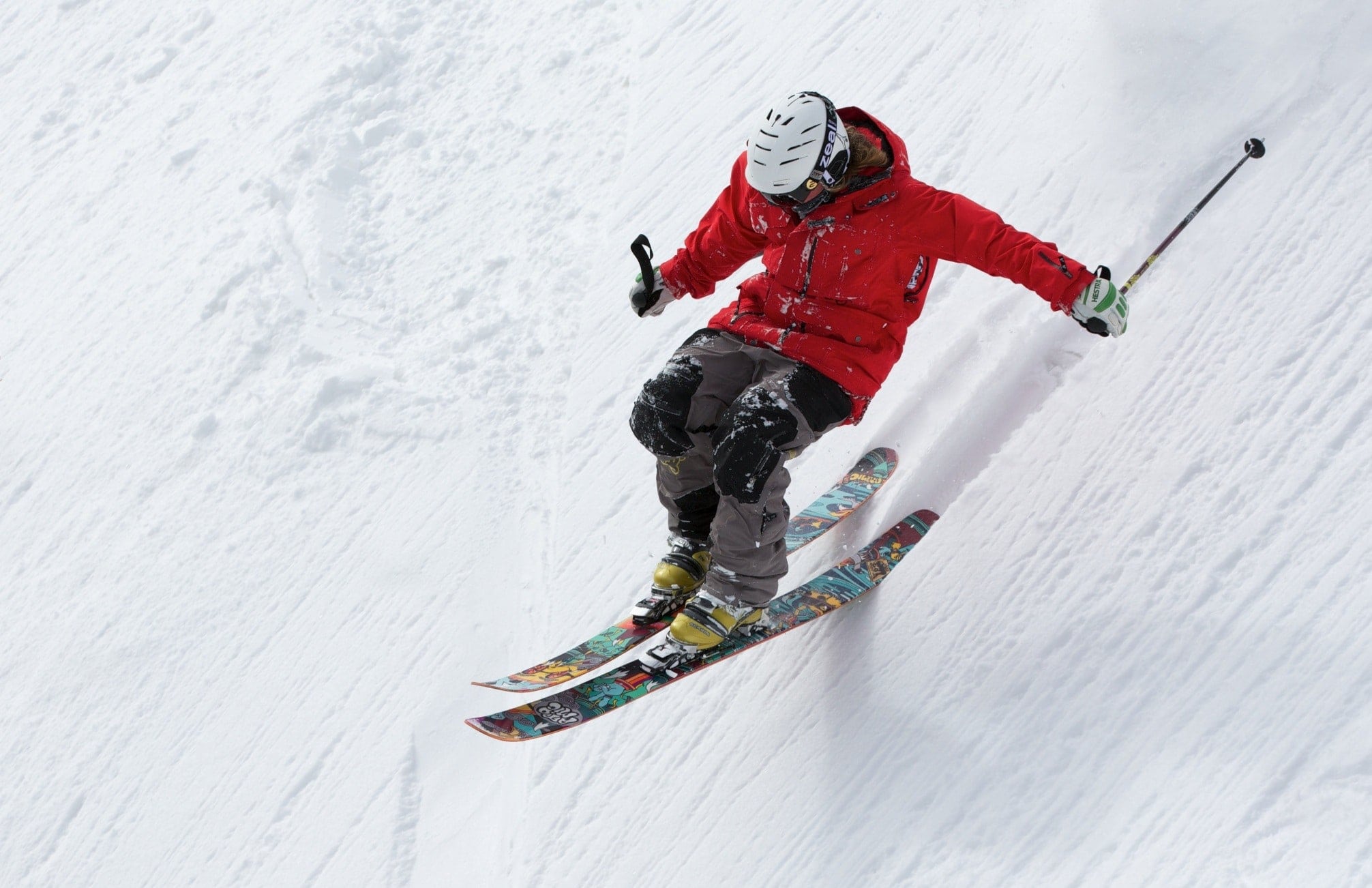
Next up – hammies & glutes
Your ski instructor is going to tell you to lean forward, which will require some from your glutes and hamstrings. So to keep your balance, it’s important to regularly work these muscles.
Exercises: deadlifts, one leg deadlifts, step up
- At home: A great way to train your hamstrings at home are Bulgarian split squats, these can be done with the use of a chair or against a wall. It is essentially a lunge but with one foot on the chair (the top of your foot rests on the chair).
- At the gym: Some great hamstring/glute exercises to complete at the gym include leg curls, a variation of squats and deadlifts (for example Russian deadlifts and weighted hip thrusts).
- In the office: It’s important to take regular breaks from sitting down when at work, take 5 minutes, once an hour, to stretch your legs and incorporate some body weight squats.
Top tip: If you’re at the gym and not quite sure how to carry out an exercise the correct way, ask the gym staff! The majority of gym workers are gym goers and personal trainers, so take advantage of their free expertise and fitness knowledge on offer. Remember, everyone has to start somewhere!
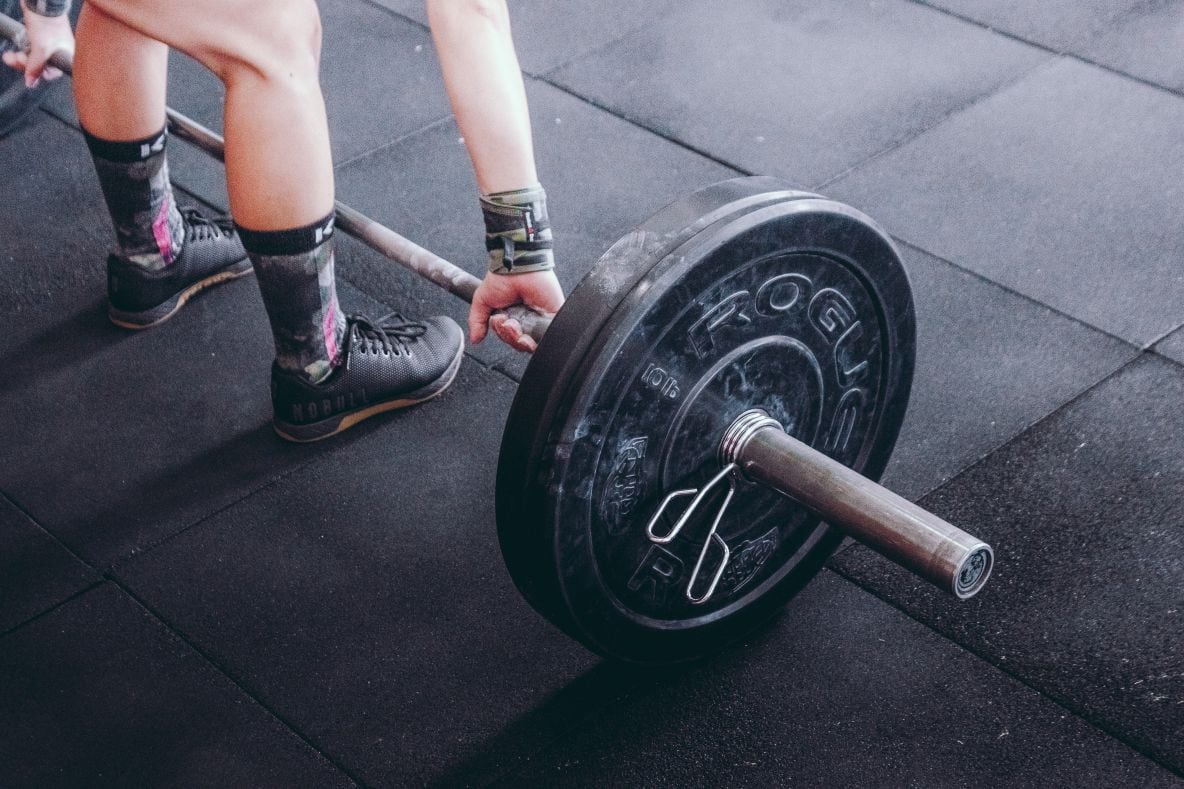
Make your thighs burn
Your inner thighs take on the role of keeping your skis together and your outer thighs help keep your body stable and help you steer when out on the slopes. No one wants weak thighs when skiing – take the time to strengthen your muscles & reap the benefits of a more enjoyable ski trip…
Exercises: side lunges, inner and outer pushes on the abductor and adductor machines.
- At home: You don’t necessarily need a gym for working your thigh muscles! Grab an exercise matt, some ankle weights (if you want to make your workout more challenging) and put the music on. Some of the best floor exercises for working your thighs include single leg circles, Cossack squats and the scissor leg plank.
- At the gym: Floor and body weight exercises are sometimes all it takes to improve thigh strength, but if you’re keen to take your thigh strength to the next level, be sure to incorporate gym leg machines into your workout. The best machines for inner and outer thighs include hip abductor/extender, seated leg press, and the leg extension machine.
- In the office: You may not want to take to the floor for some thigh exercises during your lunch break, so why not take a jog instead? Running is proven to reduce thigh fat and strengthen the muscles.
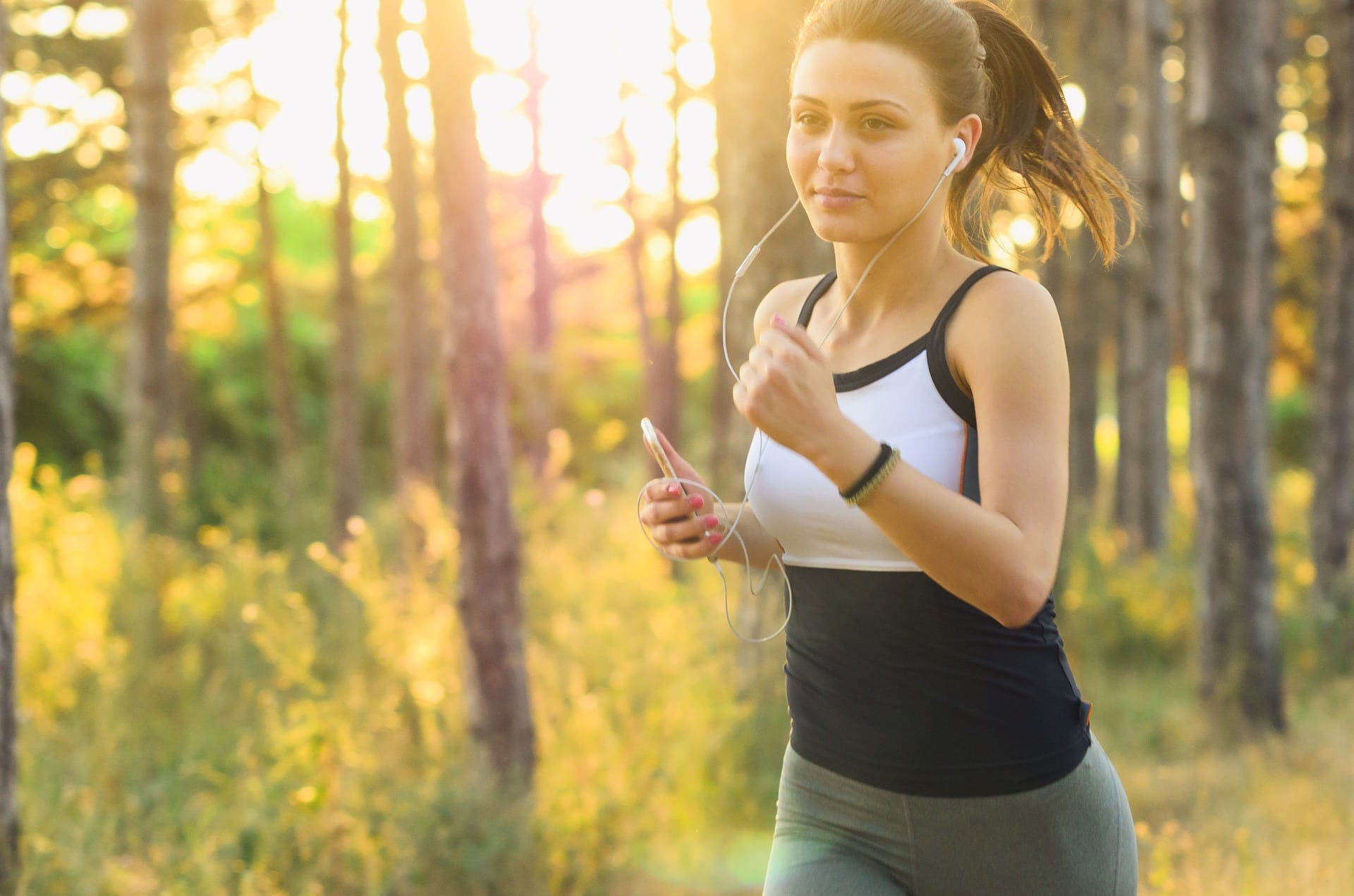
Image credit: Total Shape
And don’t forget about your calves
As your knees are bent when you are skiing, your calves help you stay upright. Strengthening your calf muscles aids as additional support when out on the slopes.
The best calf-strengthening exercises (that you can do at home, in the gym or at work on your lunch break) include single leg, double leg and seated calf raises. The motion is simple: press down on the balls of your feet to raise your body upward; whilst keeping your core muscles pulled in, you’re bound to feel the burn!
These are the key leg muscles that do the heavy work in your skiing, but keep in mind your core will be working hard, and a certain level of flexibility will definitely benefit you.
Written by Ski Club of Great Britain, the largest and oldest snow sports membership organisation in the UK, they provide expert advice and information to over 28,000 members.
